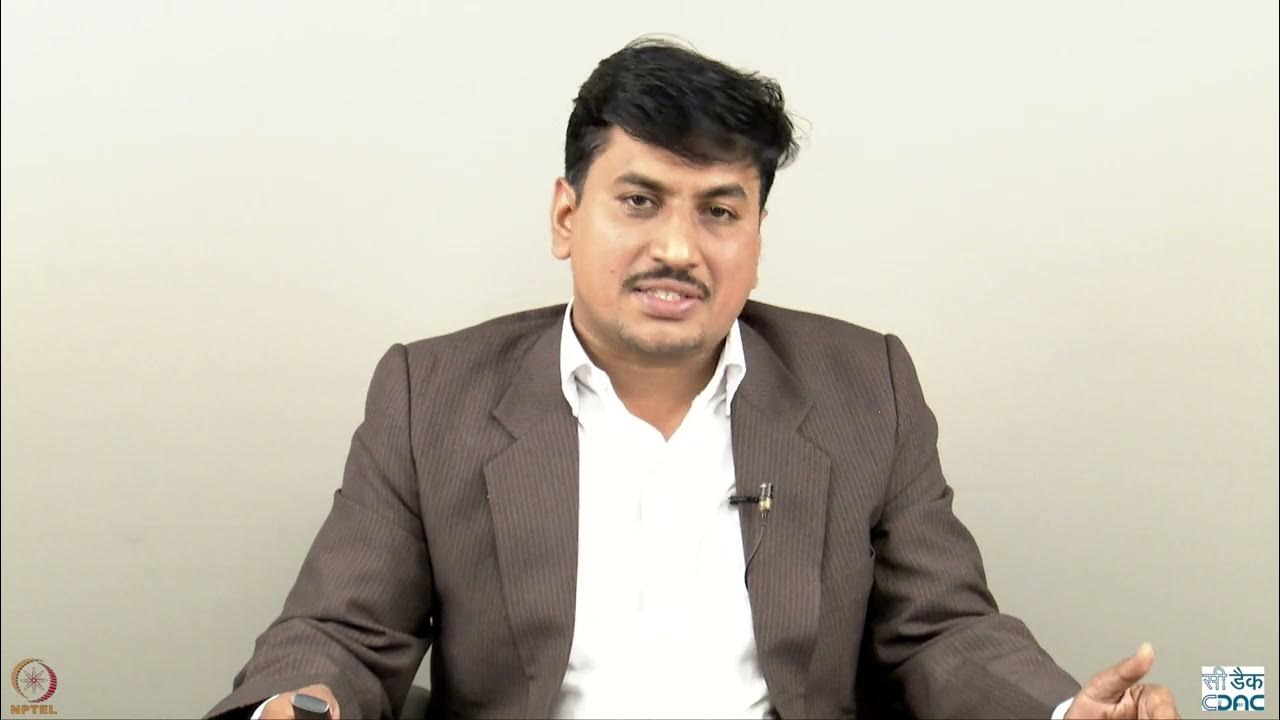Computer Concepts - Module 4: Operating Systems and File Management Part 1B (4K)
Summary
TLDRThis video covers essential concepts in operating systems and file management. It explains the differences between client, server, and mobile operating systems, including examples like Windows Server, Mac OS Server, and Android. The lecture also introduces virtualization, which allows multiple operating systems to run on a single server, and explores key desktop components such as taskbars, windows, and dialog boxes. Additionally, the script delves into file management practices, including file extensions, folders, and libraries, emphasizing how operating systems organize and manage user data for seamless interaction.
Takeaways
- 😀 Client operating systems are designed for personal devices like desktops, laptops, and tablets, allowing end users to interact with the computer.
- 😀 Server operating systems, such as Microsoft Windows Server and Mac OS Server, support large-scale operations like data management and email hosting, often in data centers.
- 😀 Virtualization enables multiple virtual servers to run on a single physical machine, optimizing hardware usage and allowing for better resource management.
- 😀 The most widely used mobile operating systems are Android and iOS, powering devices like smartphones and tablets, with Android gaining a larger market share globally.
- 😀 Operating systems like Windows and Mac OS offer user-friendly interfaces with components like windows, taskbars, and menus to help manage tasks and applications.
- 😀 Dialog boxes and security prompts, such as User Access Control in Windows and security principles in Mac OS, are used to confirm user actions and maintain system security.
- 😀 File extensions (e.g., .exe, .docx, .jpg) are used to associate files with the correct programs, ensuring the operating system knows how to handle and open them.
- 😀 Folders and libraries are organizational tools in operating systems, with folders grouping files and libraries categorizing specific types of content like music or pictures.
- 😀 Server operating systems often use open-source software like Linux and UNIX due to cost benefits, especially for web-based server farms and large-scale data centers.
- 😀 The taskbar in operating systems helps users quickly access commonly used applications or files, making navigation and management of programs more efficient.
Q & A
What are client operating systems designed for?
-Client operating systems are designed for personal use on client computers such as desktops, laptops, tablets, and 2-in-1 devices.
What is the role of server operating systems?
-Server operating systems are used in server environments to manage resources, host services like email servers, and support large-scale data storage and processing. Examples include Microsoft Windows Server, Mac OS Server, and Linux-based servers.
What is virtualization in the context of server operating systems?
-Virtualization allows multiple virtual servers to run on a single physical machine, optimizing the use of hardware resources. This helps in efficiently managing data and services while reducing physical hardware costs.
What are the main types of mobile operating systems discussed?
-The two main mobile operating systems discussed are Android (by Google) and iOS (by Apple). These operating systems power smartphones, tablets, and other portable computing devices.
How do desktop components like windows and menus function?
-In desktop environments, windows allow users to interact with different applications or data, while menus provide options to perform tasks or access tools. The taskbar enables quick access to commonly used programs, and dialog boxes ensure user confirmation for actions.
What is the difference between folders and libraries in file management?
-Folders are containers used to organize files within a file system, while libraries are special folders that categorize and display similar types of files, like music or documents, regardless of their physical location on the storage device.
What are file extensions, and why are they important?
-File extensions are the suffixes attached to file names (e.g., .exe, .docx, .jpg) that help the operating system identify the appropriate program to open and manage the file. They are crucial for ensuring the correct handling of different file types.
How does an operating system manage memory?
-An operating system manages memory by allocating and tracking RAM (Random Access Memory) and ensuring that processes have the necessary memory to run efficiently. It also handles memory swapping and ensures that resources are not overused or conflicting.
What does a dialog box do in operating systems like Mac OS and Windows?
-A dialog box appears to confirm user actions or request additional input, especially for security or permissions. In Mac OS, it may ask for confirmation of identity or security credentials, while Windows may use user access control (UAC) dialog boxes to verify actions like installing software.
What is the significance of the operating system in managing input and output devices?
-The operating system plays a crucial role in managing input and output devices by directing data between the user and the hardware. It ensures that input devices (like a keyboard or mouse) send data to the system and that output devices (like a printer or monitor) display or process the information correctly.
Outlines

This section is available to paid users only. Please upgrade to access this part.
Upgrade NowMindmap

This section is available to paid users only. Please upgrade to access this part.
Upgrade NowKeywords

This section is available to paid users only. Please upgrade to access this part.
Upgrade NowHighlights

This section is available to paid users only. Please upgrade to access this part.
Upgrade NowTranscripts

This section is available to paid users only. Please upgrade to access this part.
Upgrade NowBrowse More Related Video

13. OCR A Level (H046-H446) SLR4 - 1.2 Need for operating systems

INFORMATIKA KELAS X - SISTEM OPERASI - SISTEM KOMPUTER#kurikulummerdeka

Computer Concepts - Module 4: Operating Systems and File Management Part 2 (4K)

Introduction To Operating System | OS Functions , Features And Types

Week 1: Lecture 1: Introduction to Operating System.

44. EDEXCEL GCSE (1CP2) Operating systems - Part 2
5.0 / 5 (0 votes)